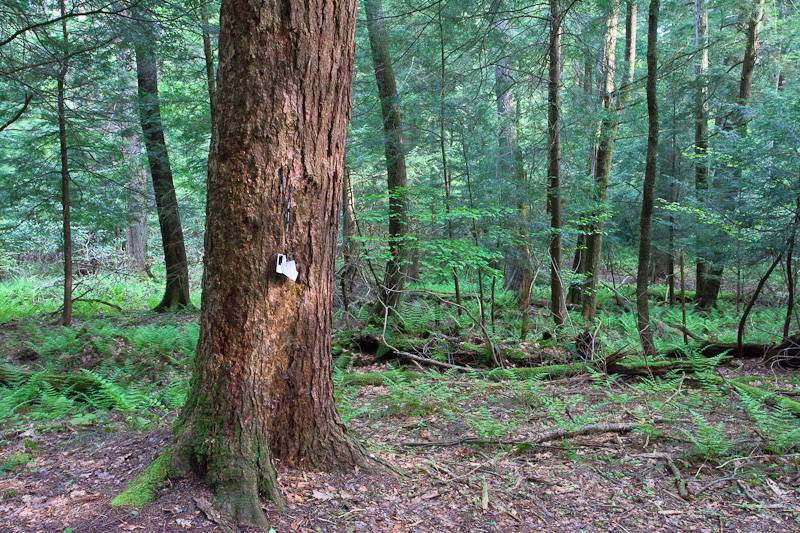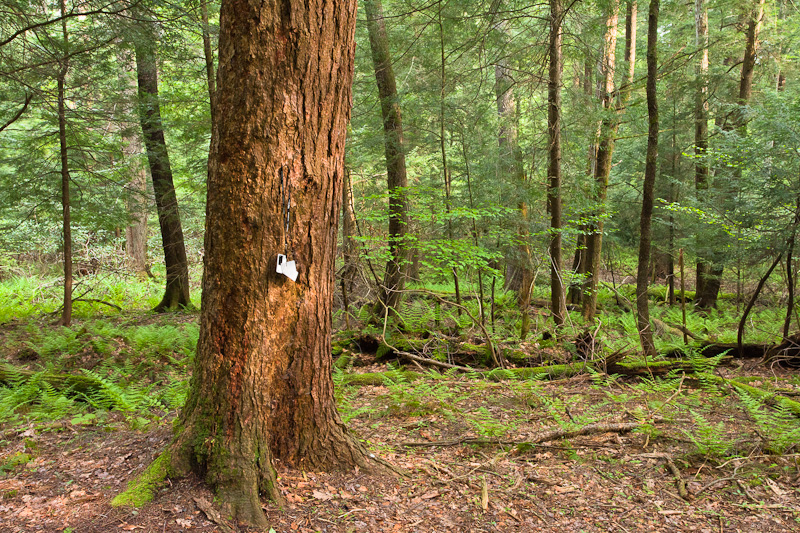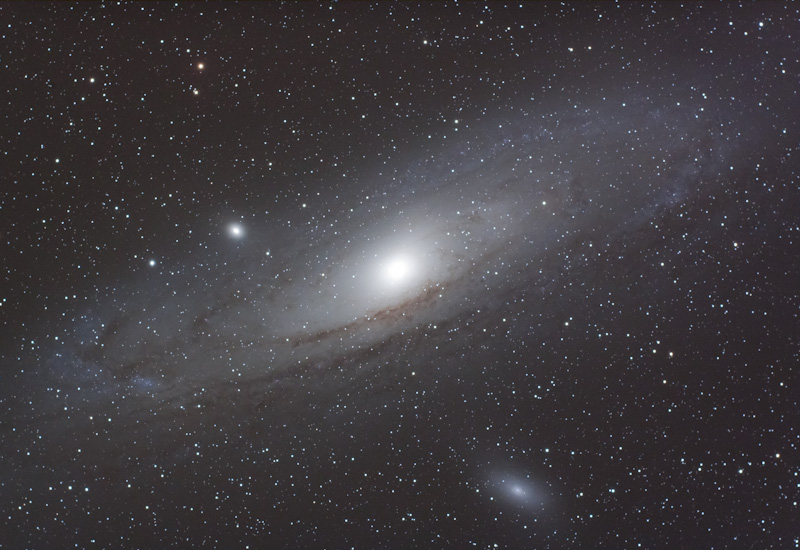I have often stated that the camera is a liar. Why? Well I must first establish that the real "truth" teller in all of this is the human eye and brain. This can be debated, but for now please just accept this notion. Now that we have established what is truth, it is quite simple to prove that the camera is a liar. Many "purists" insist on no "manipulation" of an image; simply let the camera record the "truth." Nothing could be further from reality. There are many scientific differences between the human eye/brain interpretation of light and the digital sensor. The purpose of this post is not to regurgitate what others have written, so I simply forward you to the fantastic webpage by Roger Clark where he addresses the differences between the human eye and camera sensors/lenses.
I simply wanted to present an image that I recorded in the spring and demonstrate how the camera recorded the image and how my eye interpreted the scene. The image is from Douglas Falls in West Virginia where we had our first "Flowing Water Workshop" in May. The scene is a beautiful flowing stream in late morning. The light is bright sun on the left side of the image and blue sky illuminated shadows in the lower parts of the canyon. As you can see from the 3 images posted below, the camera simply cannot record the entire range of light with one capture.
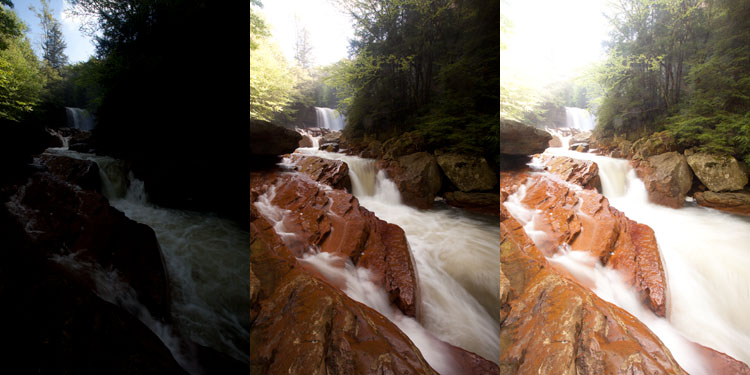
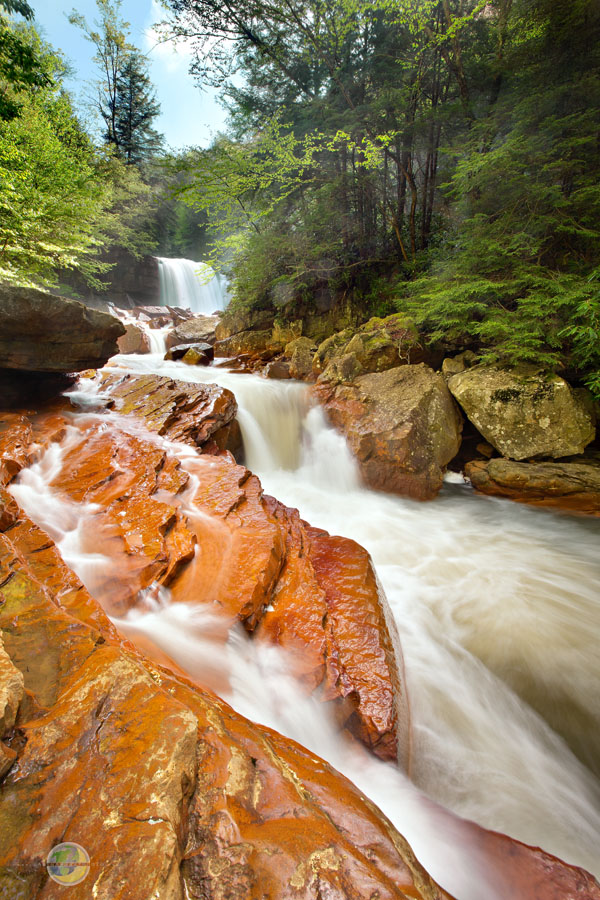 Douglas Falls OptimizedThere are two things that are important for the photographer to understand; how the camera is going to record a particularly beautiful but challenging scene and how to process the data afterwards so that the final image meets the interpretation of the photographer. This is what we focus on in our workshops and post-workshop teaching. The final image of Douglas Falls is posted on the left. This is how I interpreted the scene that day and is much closer to "reality" than any of the 3 images pictured above taken by the camera.
Douglas Falls OptimizedThere are two things that are important for the photographer to understand; how the camera is going to record a particularly beautiful but challenging scene and how to process the data afterwards so that the final image meets the interpretation of the photographer. This is what we focus on in our workshops and post-workshop teaching. The final image of Douglas Falls is posted on the left. This is how I interpreted the scene that day and is much closer to "reality" than any of the 3 images pictured above taken by the camera.
Please click on the image or here for a higher resolution image.


